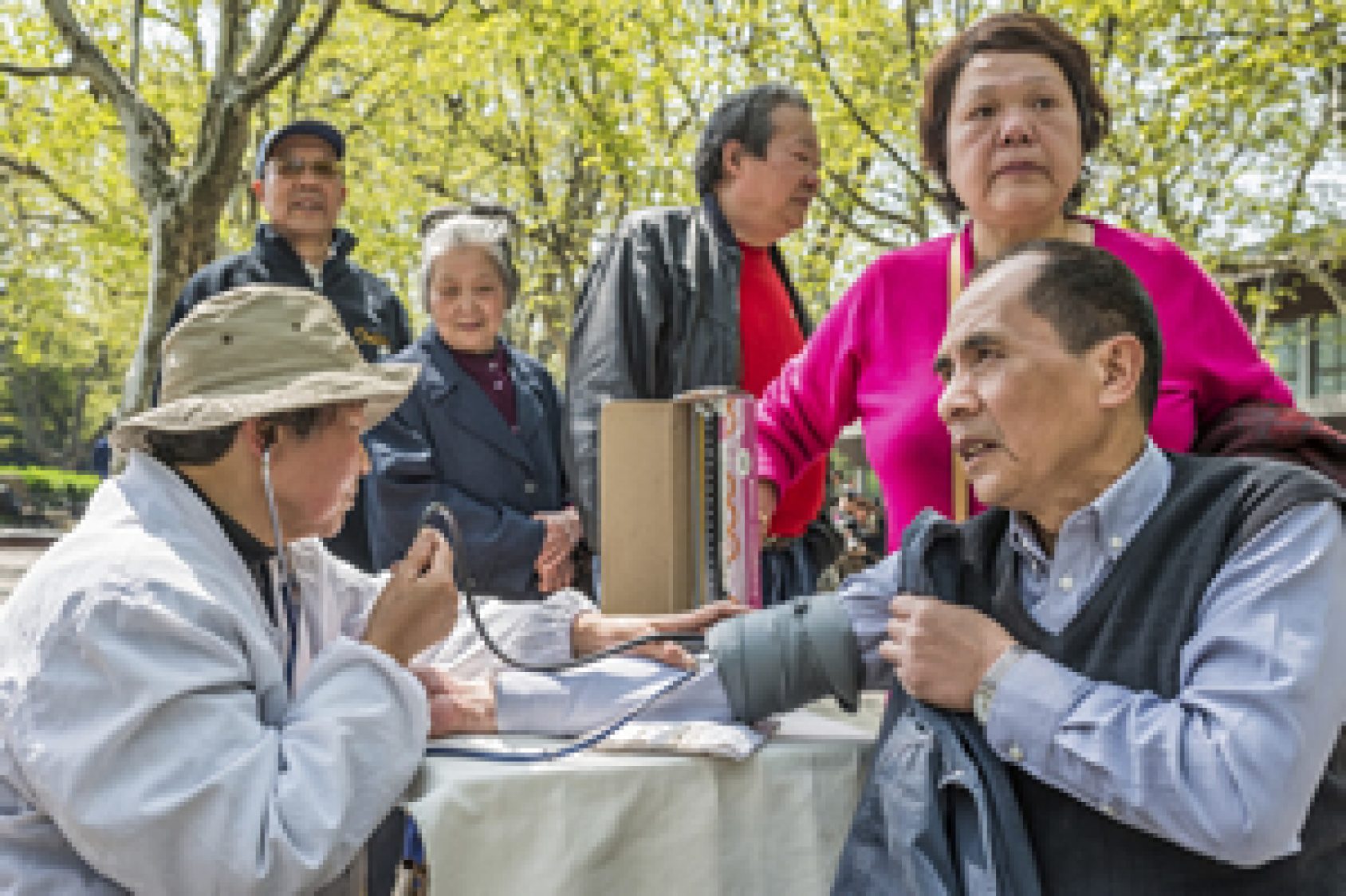How can we build connections between health care systems, public health, and community partners?
Community and health system partners have common goals of improving the health of people and the communities in which they live.
What drives Clinical-Community Linkages and Coordinated Care?
Clinical-community linkages help to connect health care providers, community organizations, and public health agencies so they can improve patients’ access to preventive and medical care services.1 These approaches can include forming partnerships, coordinating activities to fill gaps in needed services across systems and promoting patient and community involvement.2
Types of clinical-community linkages include coordinating medical care and other community services at a single location and developing ways to connect patients to resources more effectively. Collaborations between clinical, community, and public health organizations offer a win-win scenario for participating organizations, clinical teams, and patients and have been shown to reduce and prevent disease in communities and provide additional support to help patients maintain healthy behaviors.1
Quick Facts
- To change the underlying risk factors that lead to chronic diseases and poor health, it is important to reinforce education on healthy behaviors and to support social services needs between clinic visits.2
- Tailoring interventions to community needs and resources is important, as is building a trusting relationship between clinical and community partners and the community members served.3
The Opportunity: How Can Clinical-Community Linkages Be Put Into Action?
Primary care clinicians, public health agencies, and community groups often provide services with little interaction with each other. To build and improve linkages across private and public health organizations within communities, it is important to identify gaps in needed health services and to fill those gaps by using the strengths and abilities of the participating organizations.1
What’s being done?
Here are just a few examples of efforts underway at the state and local level to address this issue:
State Efforts
Whole Person Care Pilots
The California Department of Health Care Services (DHCS), which administers and manages Medi-Cal, California’s Medicaid program, has developed Whole Person Care (WPC) Pilots as part of the federal section 1115 demonstration waiver. The overarching goal of the WPC Pilots is the coordination of health, behavioral health, and social services, as applicable, in a patient-centered manner with the goals of improved patient health and wellbeing through more efficient and effective use of resources. This initiative will provide support to integrate care for a particularly vulnerable group of Medi-Cal beneficiaries who have been identified as high users of multiple systems and continue to have poor health outcomes. Through collaborative leadership and systematic coordination among public and private entities, WPC Pilot entities will identify target populations, share data between systems, coordinate care in real-time, and evaluate individual and population progress – all with the goal of providing comprehensive coordinated care for the patient resulting in better health outcomes.
Million Hearts®
The California Department of Health Care Services (DHCS), which administers and manages Medi-Cal, California’s Medicaid program, was invited to participate in a Centers for Medicaid and Medicare Services (CMS) Prevention Learning Network, with the goal of aligning services, delivery systems, and partnerships to support the Million Hearts® initiative in Medi-Cal. This initiative was established by the Department of Health and Human Services to prevent 1 million heart attacks and strokes by 2017. The targeted goal areas for 2016 include reducing tobacco use, improving high blood pressure control, and improving aspirin use for secondary prevention. The Million Hearts initiative nationally includes partnerships with public health practitioners and community health workers to help reduce heart attacks and strokes. [Read more]
Local Efforts
Be There San Diego
“Be There San Diego” addresses cardiovascular disease, stroke and its preventable causes among African Americans with a place-based pilot in Southeastern San Diego. It is led by a group of engaged and activated physician leaders, who represent clinical leadership from medical groups, health systems, community clinics, public health, and health plans in San Diego. This physician-driven effort with the goal of involving a community partners in developing interventions to improve population health.
The Initiative was formed by physicians who believe that collaboration among health care and community stakeholders can create meaningful and lasting change to individuals impacted by heart attacks and strokes through the creation of a strategic framework that calls for activating three key groups including: health care provider teams, communities and patients, and the healthcare system. [Read More]
Check out even more in the Innovation Challenge Showcase.
Links and Resources
- Let’s Get Health California
- CHHS Open Data Portal
- Other Resources
- The Practical Playbook: Helping Public Health and Primary Care Work Together to Improve Population Health
- Clinical-Community Linkages: Agency for Healthcare Research and Quality
- The Community Guide: Program Planning Resource
Footnotes
- Clinical-Community Linkages. (June 2015). Retrieved August 22, 2016, from https://www.ahrq.gov/professionals/prevention-chronic-care/improve/community/index.html
- Parekh, A. (2013, November 21). Clinical-Community Linkages: A Step towards Better Health. Retrieved August 24, 2016, from https://www.healthit.gov/buzz-blog/electronic-health-and-medical-records/clinicalcommunity-linkages/
- Porterfield, D., MD, Hinnant, L., PhD, & Kane, H., PhD. (2010, October). Linkages Between Clinical Practices and Community Organizations for Prevention: Final Report (Rep.). Retrieved August 24, 2016, from US Department of Health & Human Services website: https://innovations.ahrq.gov/LinkagesReportTOC

